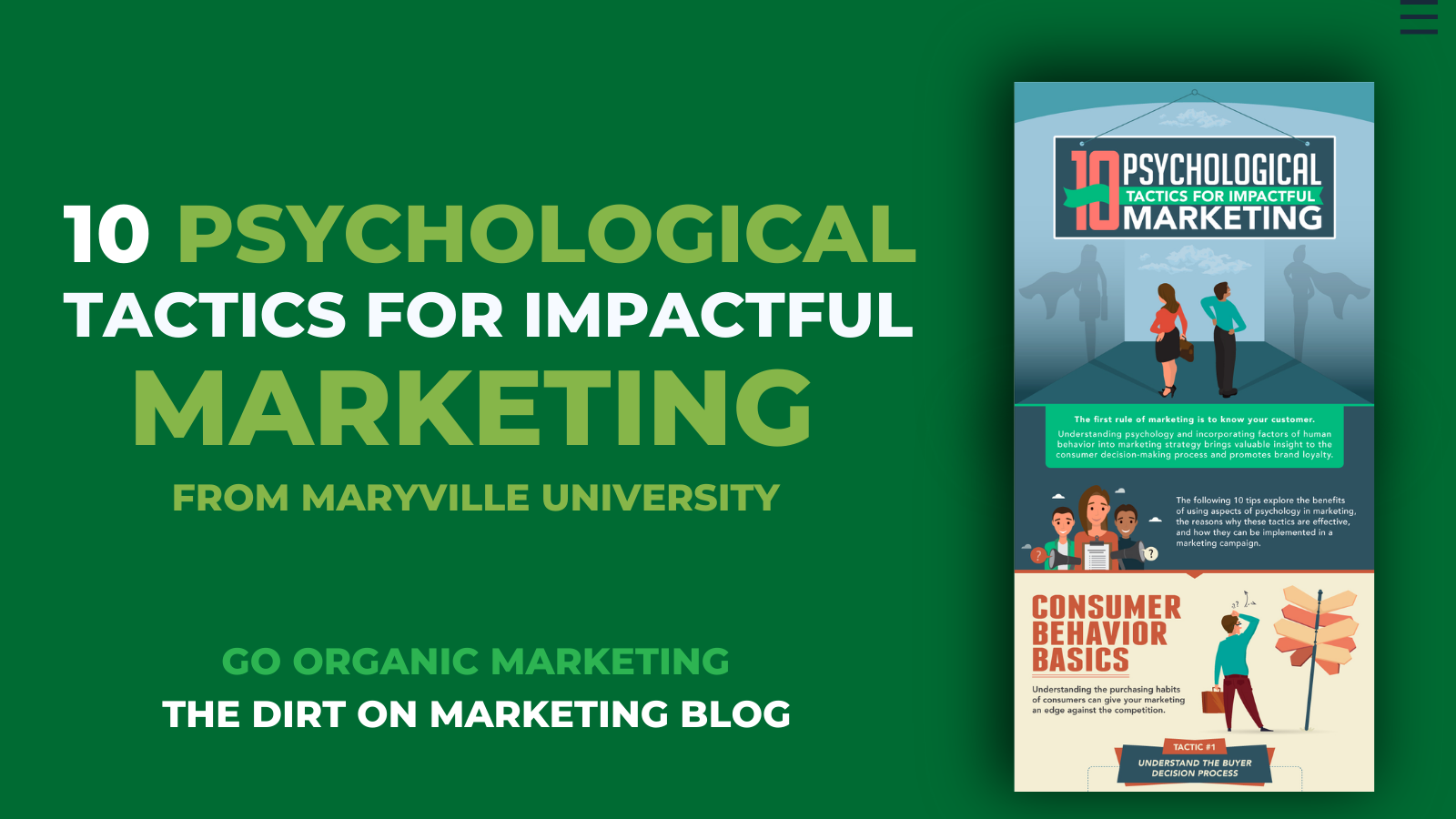Consumer Behavior Basics
 Understanding the purchasing habits of consumers can give your marketing an edge against the competition.
Understanding the purchasing habits of consumers can give your marketing an edge against the competition.
Tactic #1: Understand the Buyer Decision Process
There are five stages to the consumer decision-making process. The first stage is need recognition, followed by information search and alternative evaluation. The actual purchase decision comes next and concludes with post-purchase evaluation. Those wishing to take advantage of this process should firstly create a new need. This should be followed by assisting in the product research and showing company comparisons. Once these steps are taken, the cycle concludes by asking for customer feedback.
Tactic #2: Take Advantage of Impulse Purchases
The human brain’s neocortex controls obsessive-compulsive type behavior and flight-or-fight responses. These same factors initiate impulse purchasing, which is widespread. According to a survey by Creditcards.com, 84% of respondents have made impulse purchases. 54% have spent $100 or more on an impulse buy, and 20% have spent at least $1,000 on an impulse purchase. For the marketer, using the word “now” can trigger impulse purchases. Including “now” implies a sense of urgency which can drive a reactionary impulse buy.
Tactic #3: Utilize the Foot-in-The-Door Technique
According to Simply Psychology, “Agreeing to a small request increases the likelihood of agreeing to a second, larger request.” With that in mind, it may be prudent for marketers to encourage an e-mail sign-up and free trials to prospective customers.
Stimulating the Senses
Attraction is a powerful influencer. Sensory stimulation can pull in consumers and secure brand loyalty.
Tactic #4: Choose Provocative and Powerful Imagery
The human brain processes visual images faster than text, something that correlates with a strong social media presence. Social media posts with images result in a 650% higher engagement rate than text posts. Marketers should therefore focus on driving marketing recognition by creating visually engaging material.
Tactic #5: Know the Relationship Between Colors and Human Behavior
62% to 90% of impulse decisions regarding products are based on colors alone. Because of this, marketers should be sure to utilize colors purposefully in designs.
Tactic #6: Use Language that Promotes Trust and Reliability
The right words can strengthen a consumer’s trust in a brand. Savvy marketers will try to use the words “authentic,” “guaranteed,” “official,” “loyal,” and “certified” as often as possible, as these words can help promote that sense of trust.
Evoking Emotions
Neuroscientist Antonio Damasio discovered a link between emotion and decision-making. When studying patients with damage to their orbitofrontal cortex, the part of the brain that facilitates the feeling of emotions, Damasio found they struggled to make the simplest decisions on logic alone.
Tactic #7: Trigger Strong Emotions
Joy, endearment, sadness, and excitement are some emotions that resonate deeply with consumers. To that end, marketers can learn a lot from Budweiser’s successful 2018 Super Bowl ad, which showed the company’s commitment to providing disaster relief for those affected by the California mudslides and Hurricane Harvey in Florida.
Tactic #8: Use Exclusivity to Lure Customers
Marketers can appeal to a consumers’ self-esteem by making them feel important. For example, American Express has gotten plenty of positive mileage from their slogan “Membership has its privileges.” Marketers can boost this feeling through several exclusivity-driven tactics, such as incorporating limited time offers, membership programs, and wait lists.
Enhancing Experiences
The internet and new technology have given brands more ways than ever to connect and engage with consumers.
Tactic #9: Create a Brand Personality that Resonates with Consumers
Brand personality refers to ascribing human characteristics to a brand to make it more relatable and memorable, as well as to boost brand loyalty. For instance, Coca-Cola is a quintessential American brand driven by key characteristics such as happiness, enjoyment, and community, wrapped up in their slogan “Taste the Feeling.” Marketers can utilize this tactic by creating a relatable brand identity that can be embraced on a personal level.
Tactic #10: Employ new Technology: Augmented Reality
Augmented reality, or AR, combines the physical world with the digital world. Marketers use AR to create a platform for consumers to interact with brand images and products via their mobile devices. Because of this, it’s important that marketers explore new technologies to engage early adaptors and exploratory product leaders.
Understanding the intricacies of human psychology and applying various marketing tactics can give companies a competitive edge that can help them gain new customers and keep them loyal.
Source: https://online.maryville.edu/online-bachelors-degrees/marketing/resources/psychological-marketing-tactics/
More to Explore:
The Mind Games of Social Media
.png?width=200&height=100&name=Go-Organic-Marketing-Logo-Horizontal%20(1).png)




%20(2).png?width=150&height=100&name=DARKSBTutors-Logo%20(300%20%C3%97%20300%20px)%20(2).png)
Comments Section